
McLaren W1 Unveiled Globally with 1,258bhp V8 Hybrid Powertrain; Claims 0-100km/h in 2.7 Seconds
The McLaren W1 is positioned as the successor to the P1, featuring a hybrid powertrain that combines a 4.0-litre twin-turbo V8 engine with an electric motor.
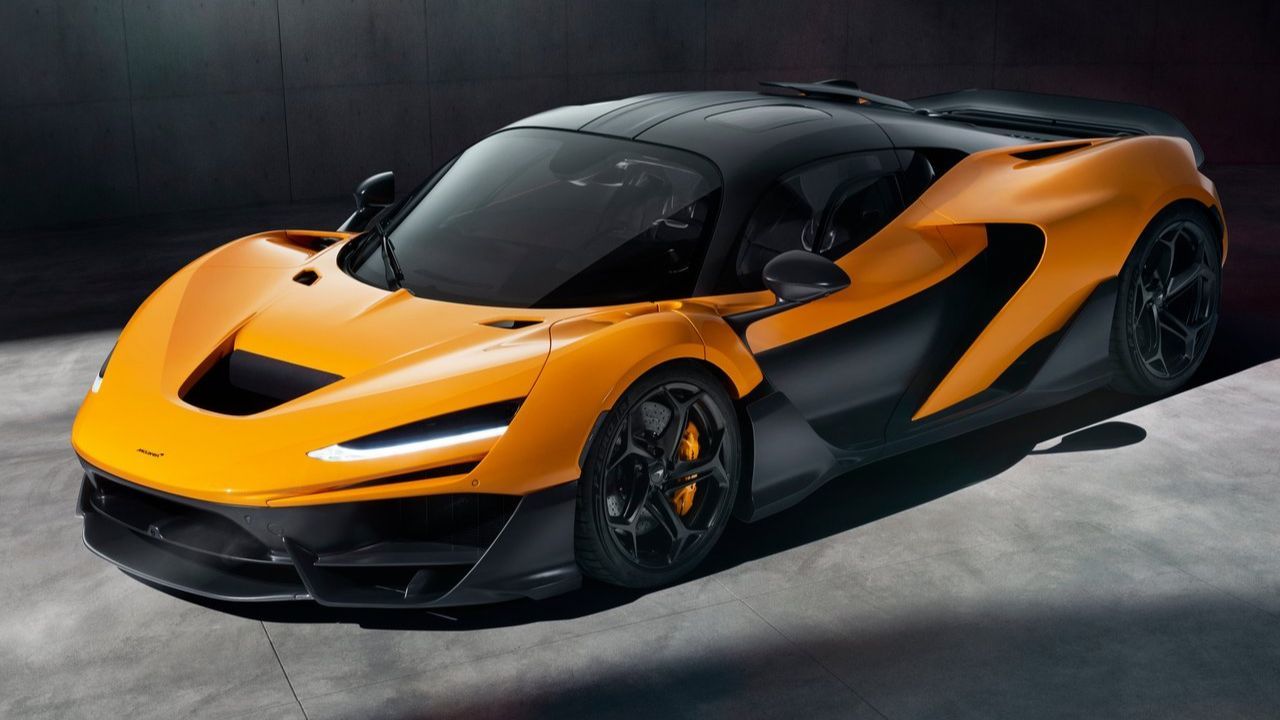
McLaren has once again pushed the boundaries of automotive performance with the global debut of the W1. The latest addition to its renowned '1' series celebrates 50 years since the brand's first F1 World Championship victory. Touted as the most powerful and fastest McLaren to date, the W1 redefines road-legal performance limits while honouring the legacy of iconic models like the McLaren F1 and P1. Powered by a 1,258bhp V8 hybrid powertrain, this hypercar promises to set new standards in speed and innovation. Combining a powerful internal combustion engine with electric assistance, the W1 delivers rapid acceleration, achieving 0-100km/h in just 2.7 seconds. This unveiling highlights McLaren's focus on blending high performance with hybrid technology, showcasing the brand’s ability to innovate in the competitive hypercar market.
McLaren W1: Mechanical Core
The McLaren W1 is positioned as the successor to the P1, featuring a hybrid powertrain that combines a 4.0-litre twin-turbo V8 engine with an electric motor. This setup puts out 1,275bhp of maximum power and 1,343Nm of peak torque. While not McLaren’s first hybrid, as the P1 pioneered this approach, the W1 benefits from a 1.38kWh battery propelling the electric motor. The British carmaker claims the hybrid components are lighter while delivering double the power. The W1 reaches a top speed of 350km/h and accelerates from 0-100 km/h in 2.7 seconds. Its eight-speed dual-clutch automatic gearbox sends power to the rear wheels, enhancing steering precision. With a 0-200km/h time of 5.8 seconds and 0-300km/h in 12.7 seconds, it is the fastest road-legal McLaren ever produced.
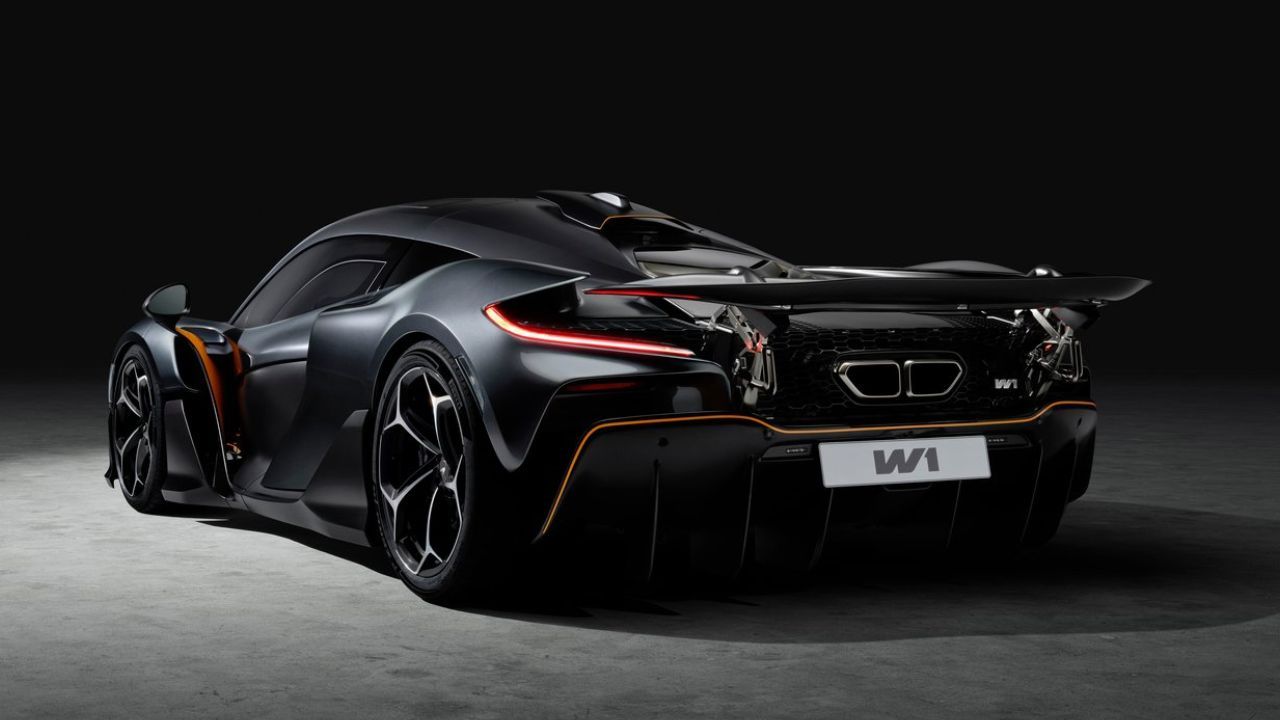
The W1 offers different powertrain modes to adjust the level of electric assistance. 'Sprint' mode maximises electric power for short bursts, like a single lap, while 'GP' mode balances electric output for longer track sessions. A 'Boost' setting delivers full power instantly, simulating a race-style push-to-pass system. This can be paired with an F1-inspired drag reduction system (DRS) on the rear wing to enhance straight-line speed. These systems are activated via the only two buttons on the steering wheel. McLaren opted against four-wheel drive for the W1, relying on the car's advanced aerodynamics and suspension for grip and stability.
Also Read: Nilu Hypercar revealed with a V12 Engine and Manual Gearbox: Futuristic Design and Analogue Charm
McLaren W1: Design and Interior Layout
In terms of dimensions, the W1 measures 4,635mm in length, 2,074mm in width, and 1,182mm in height, with a wheelbase of 2,680mm, making it slightly larger than the P1. Its dry weight is 1,399kg, achieved through extensive use of carbon fibre. The design takes cues from the Senna while sharing some elements with the 750S, though with a more refined aerodynamic focus.
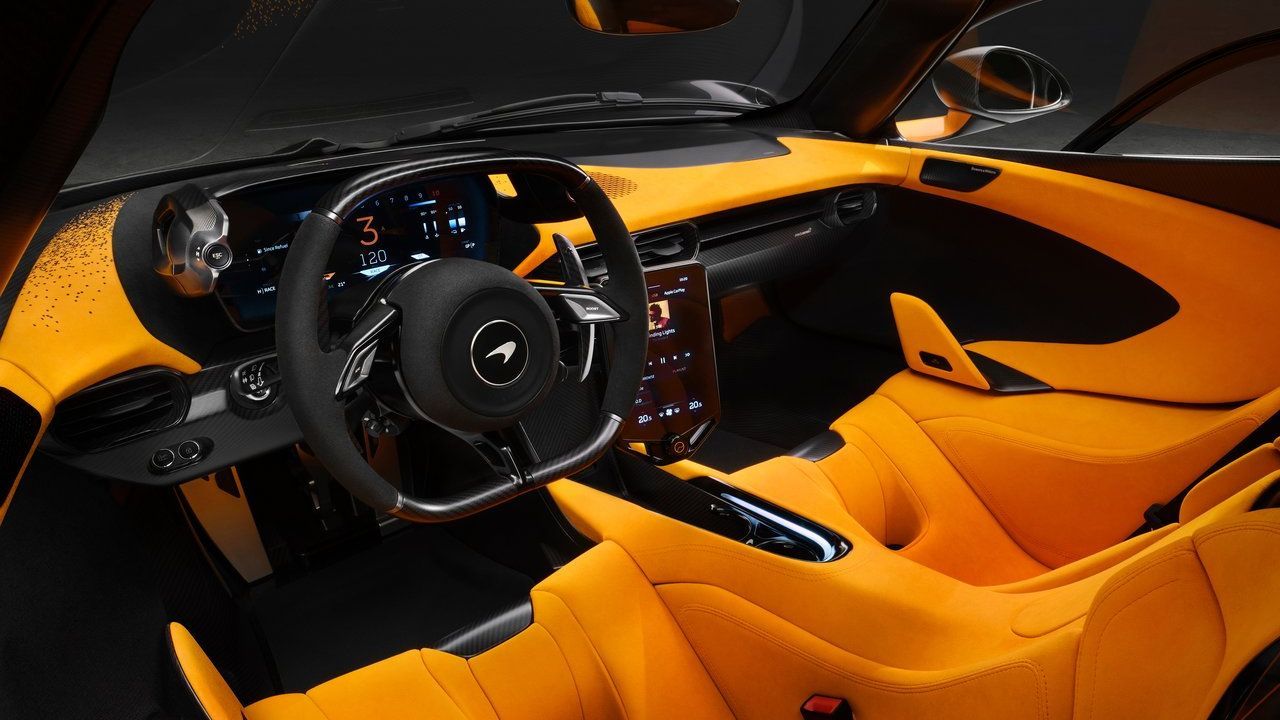
McLaren describes the W1's interior as offering “unmatched supercar ergonomics” and superior visibility. Adjustable pedals, steering wheel, and primary controls enhance driver comfort, while the seats are fixed but fully upholstered and more reclined than usual. Thin A-pillars improve visibility, and the smaller steering wheel optionally includes shift lights for redline indication. Key controls manage chassis and powertrain settings, while an eight-inch touchscreen with Apple CarPlay is also provided. There is a sliding cupholder and a central storage compartment as well.
McLaren W1: Price and Production
Lastly, coming to the cost, the W1 is priced at USD 2.1 million (about Rs 17.63 crore). The model will be produced in very limited numbers, with only 399 units planned for production. It is important to note that all units have already been allocated, highlighting the exclusivity of this high-performance hypercar.


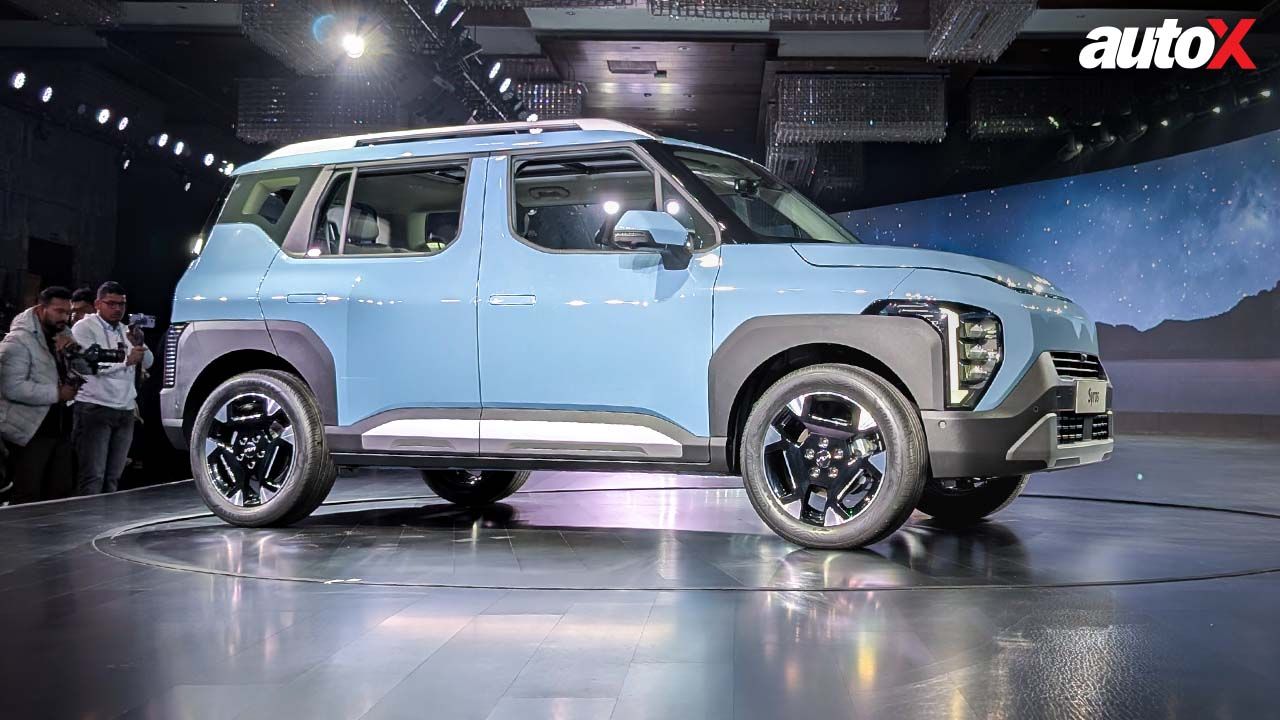
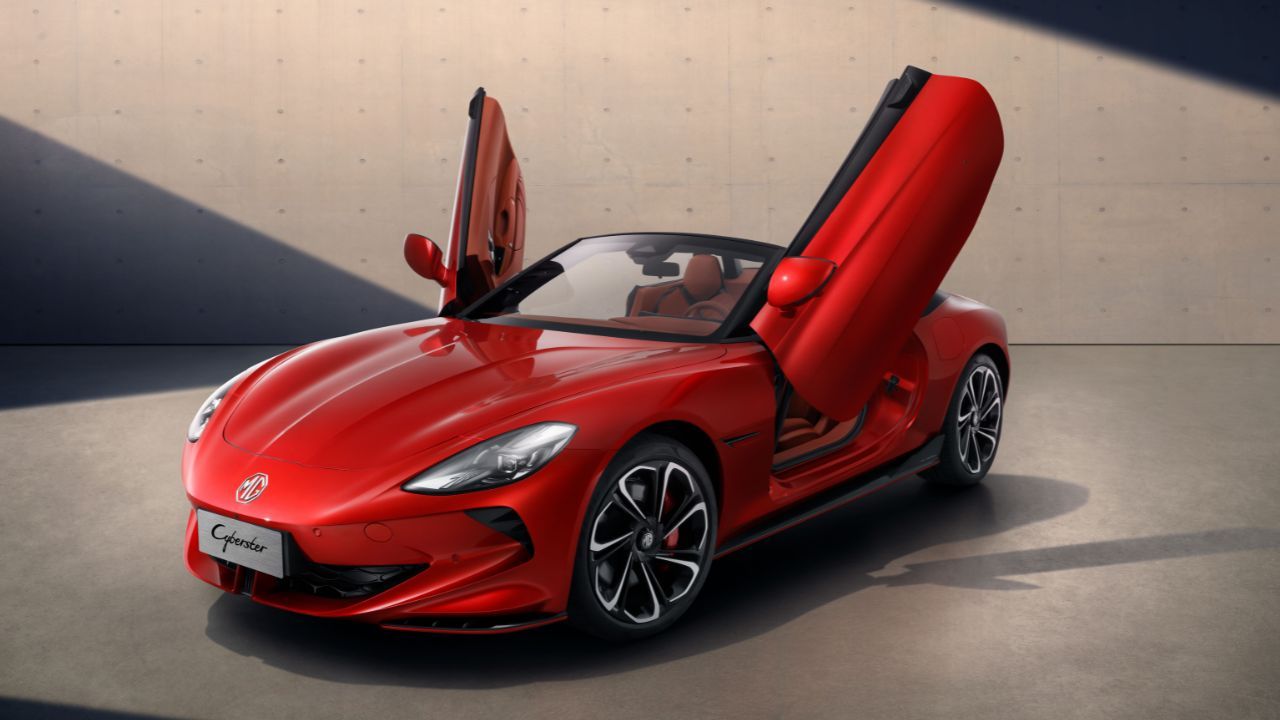
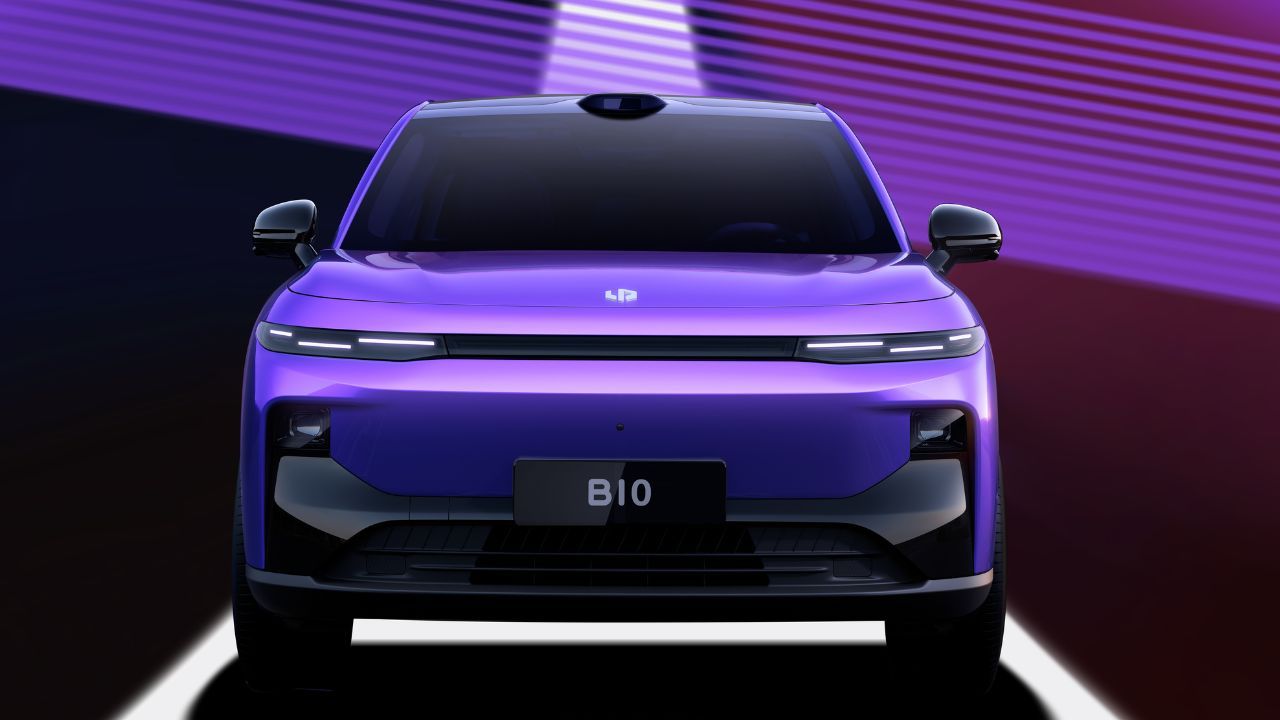
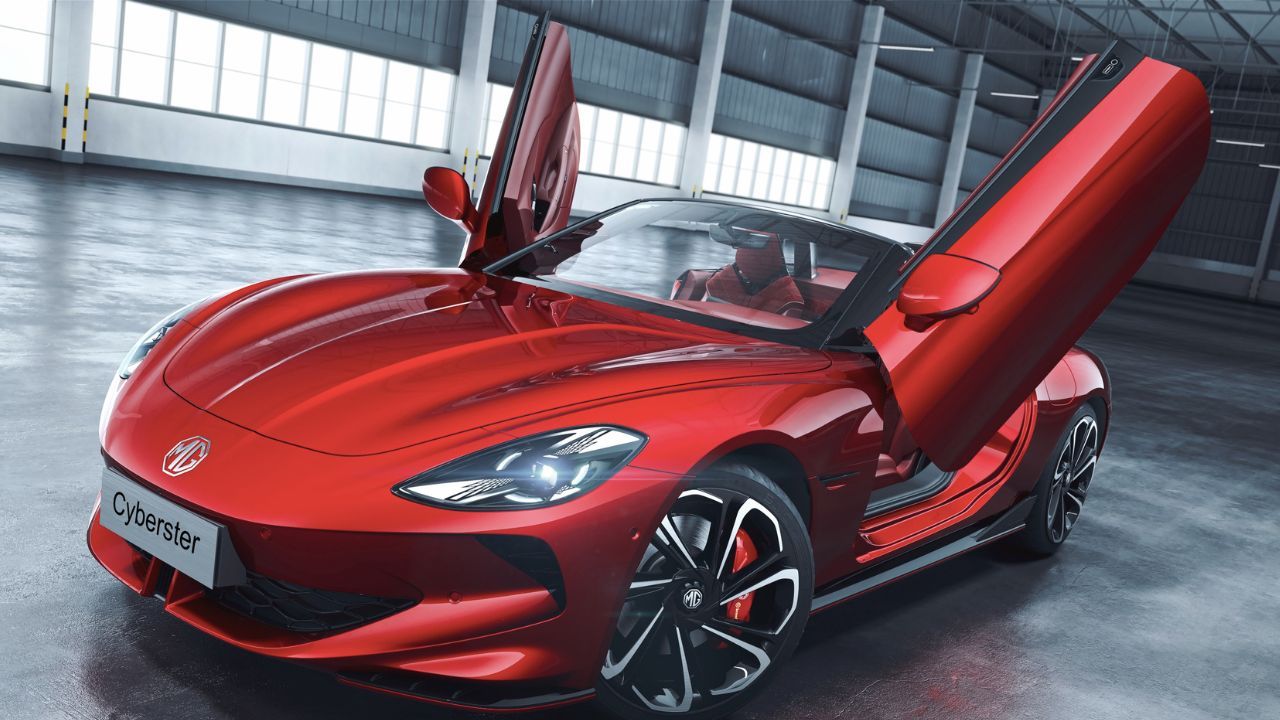
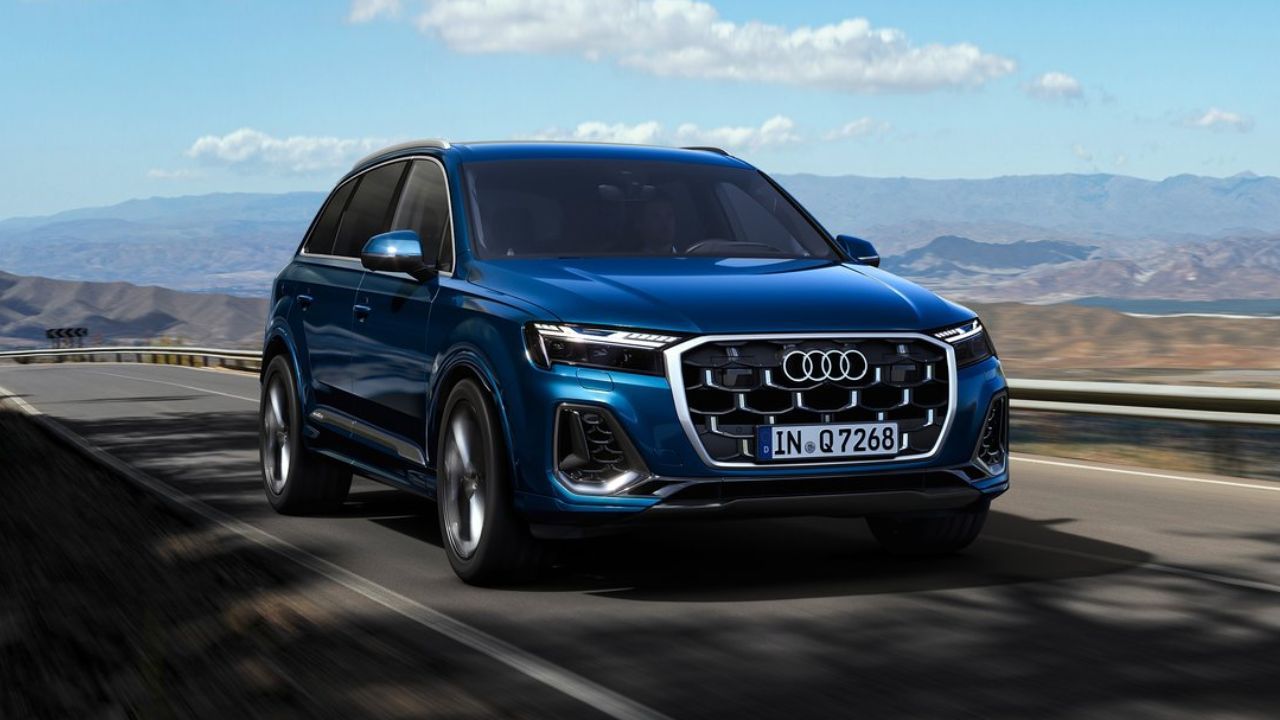
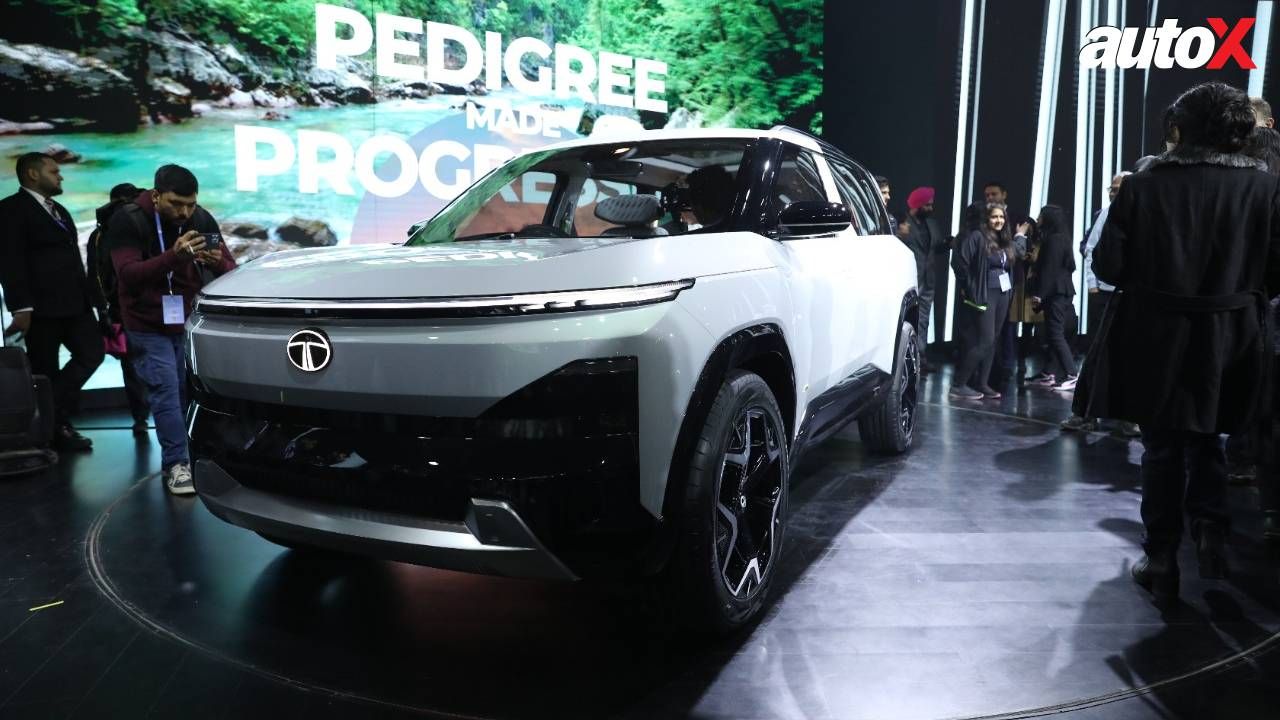

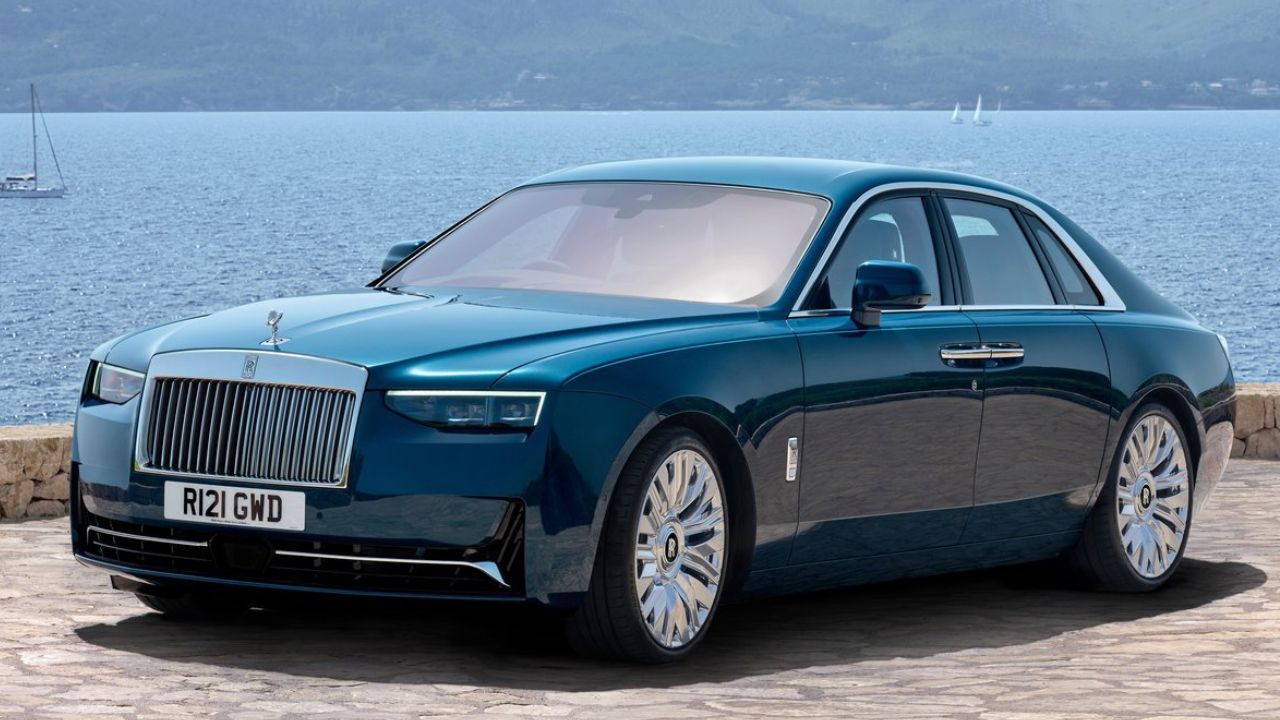
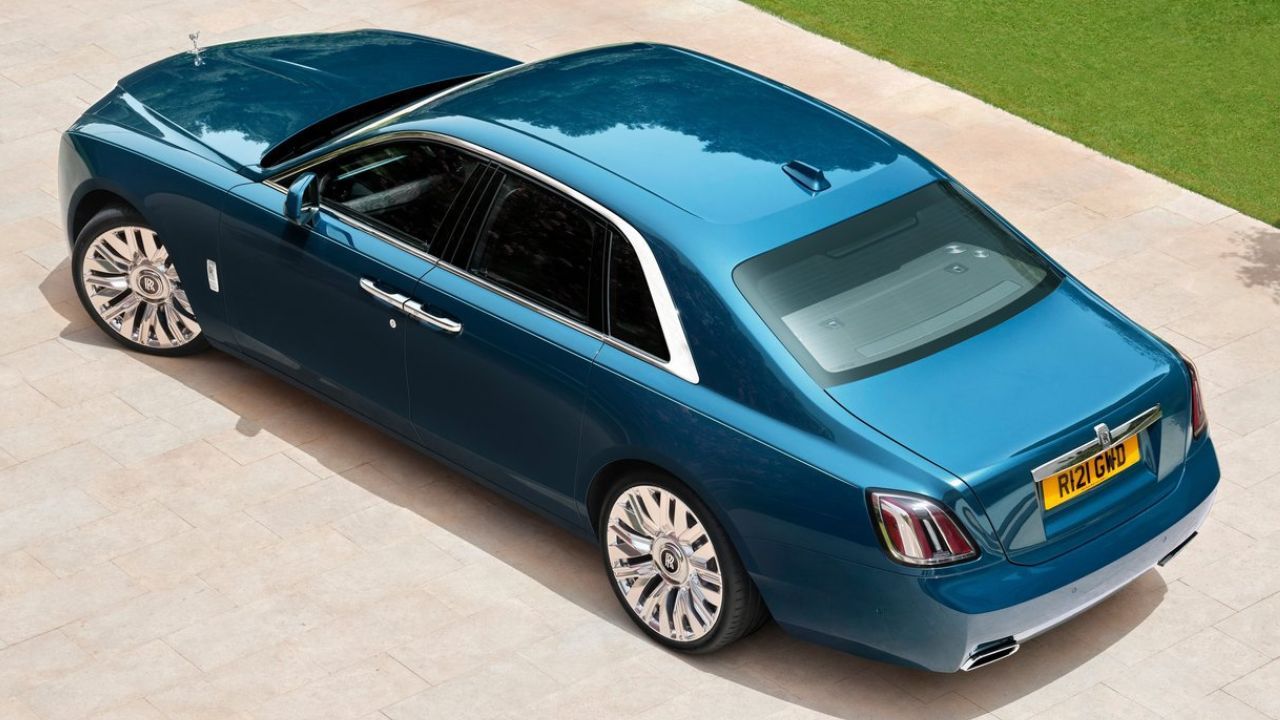

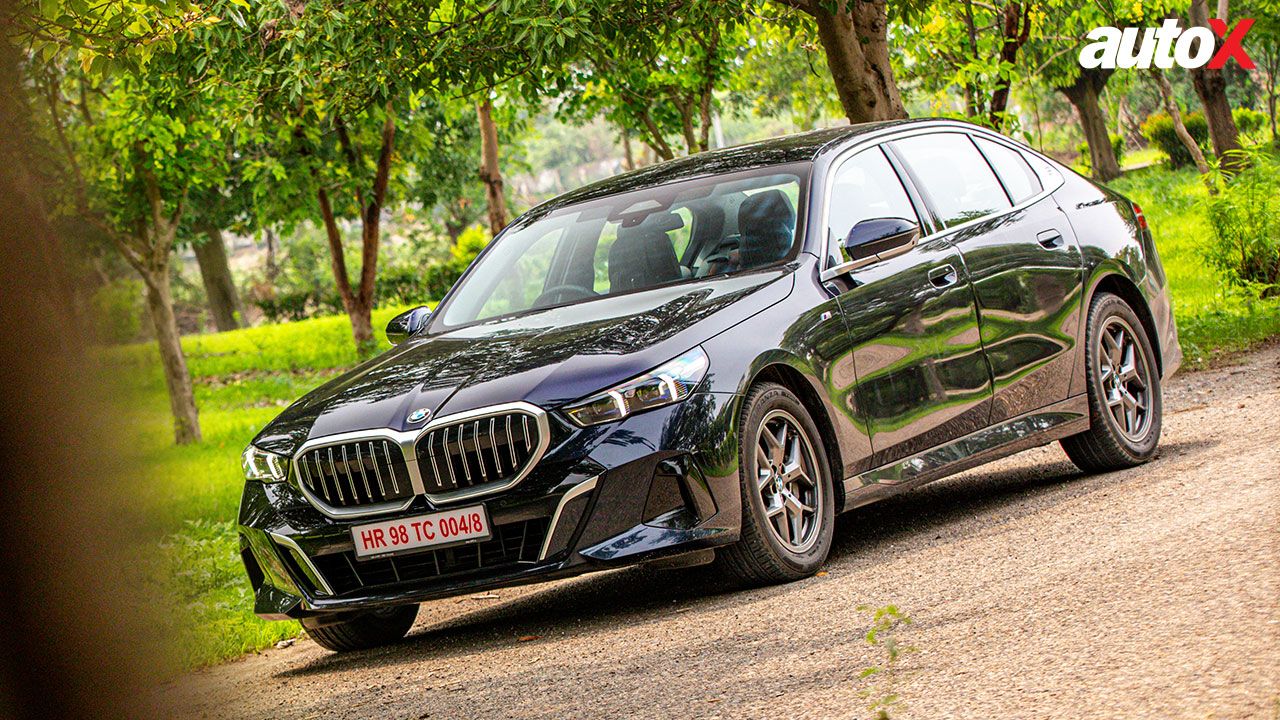
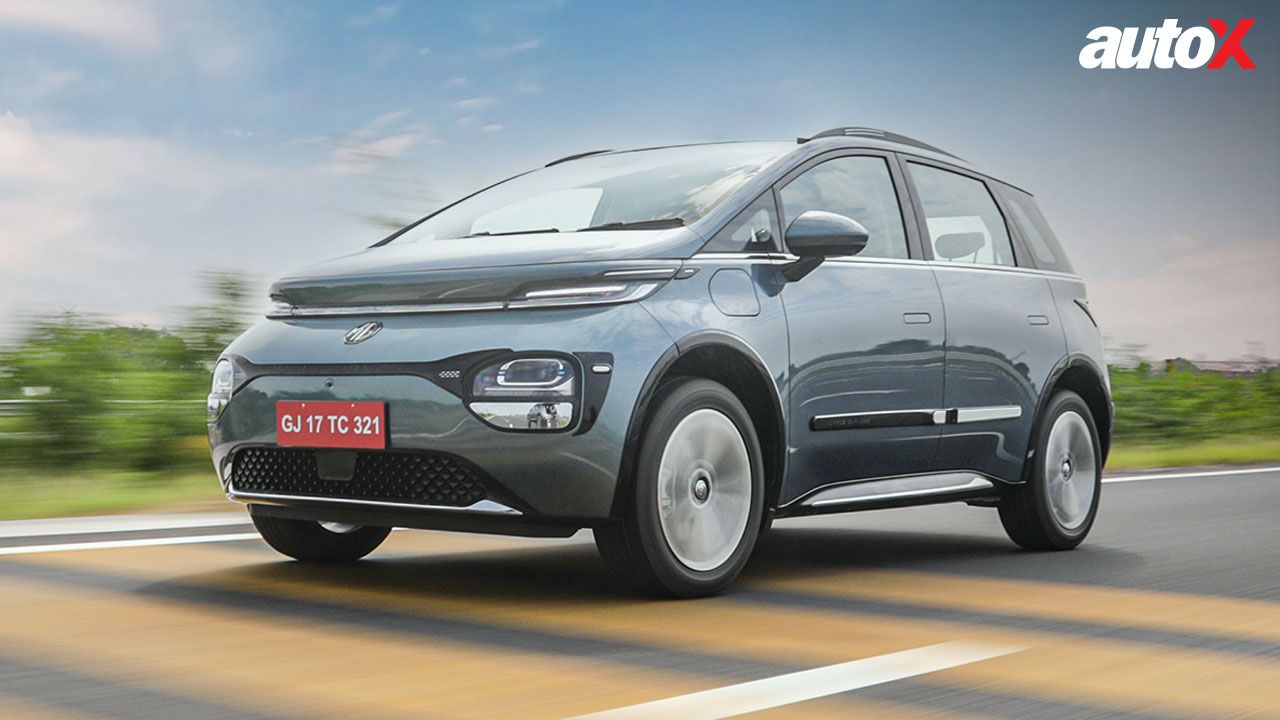
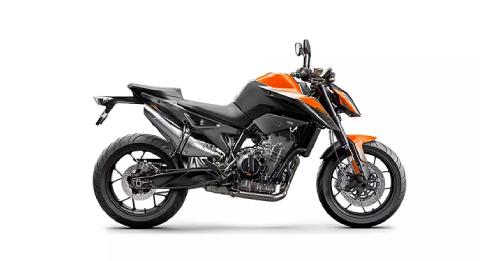
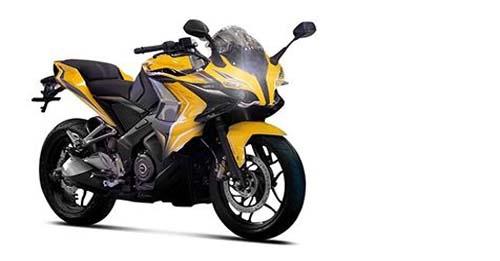
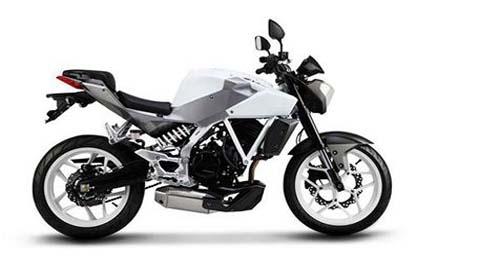
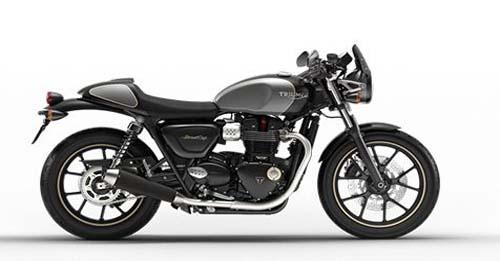










Write your Comment on